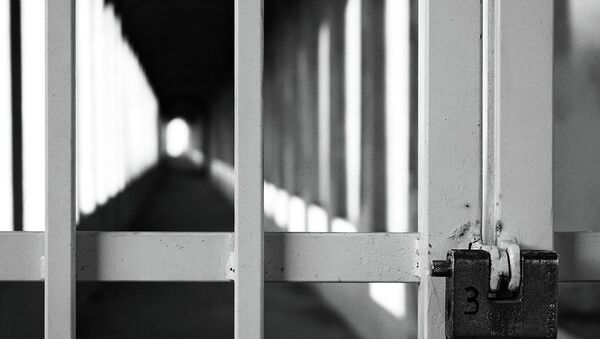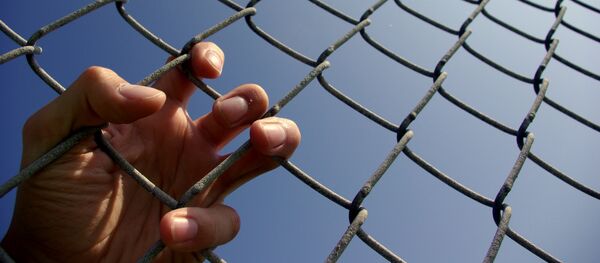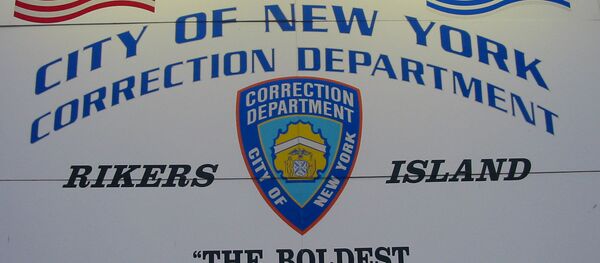Crime in the United States has declined substantially in the last 25 years, now approximately half of what it was at its height in 1991. The prior few decades saw dramatic increases as a result of social unrest in the 1960s and rising poverty in the 1980s.
As a result, the US, as the Brennan Center for Justice has pointed out, “has incarcerated a higher percentage of its people, and for a longer period, than any other democracy.”
“In fact, with 5 percent of the world’s population, the US is home to 25 percent of its prisoners,” wrote Inimai Chettiar, Director of the Brennan Center's Justice Program. “There are five times as many people incarcerated today than there were in 1970. And prisoners are disproportionately people of color. At current rates, one in three black males can expect to spend time behind bars. This archipelago of prisons and jails costs more than $80 billion annually — about equivalent to the budget of the federal Department of Education. This is the phenomenon of mass incarceration.”
“Increased incarceration has been declining in its effectiveness as a crime control tactic for more than 30 years,” the report concludes. “Its effect on crime rates since 1990 has been limited, and has been non-existent since 2000.”
In fact, as Nobel Prize-winning economist Joseph Stiglitz writes, we will see the negative economic impact of mass incarceration for years to come.
“The United States has limited resources,” Stiglitz wrote in the forward in the study’s publication. “We must foster opportunity and work to bridge inequality, not fund policies that destroy human potential today and handicap the next generation. The toll of mass incarceration on our social and economic future is unsustainable.”
Even more important, the authors note, “were various social, economic, and environmental factors, such as growth in income and an aging population.” The decline of alcohol consumption and a rising “consumer confidence” also had positive impacts.
The report concluded that the best ways to fight crime include initiating programs to improve economic opportunities, modernize policing practices, and expand treatment and rehabilitation programs. Using such alternative methods would also likely reduce racial tensions and inequality given that, out of the 2.3 million people in prison nearly 40 percent are African American.
“How many people sit needlessly in prison when, in a more rational system, they could be contributing to our economy?” Stiglitz asks. “And, once out of prison, how many people face a lifetime of depressed economic prospects? When 1 in 28 children has a parent in prison, the cycle of poverty and unequal opportunity continues a tragic waste of human potential for generations.”







